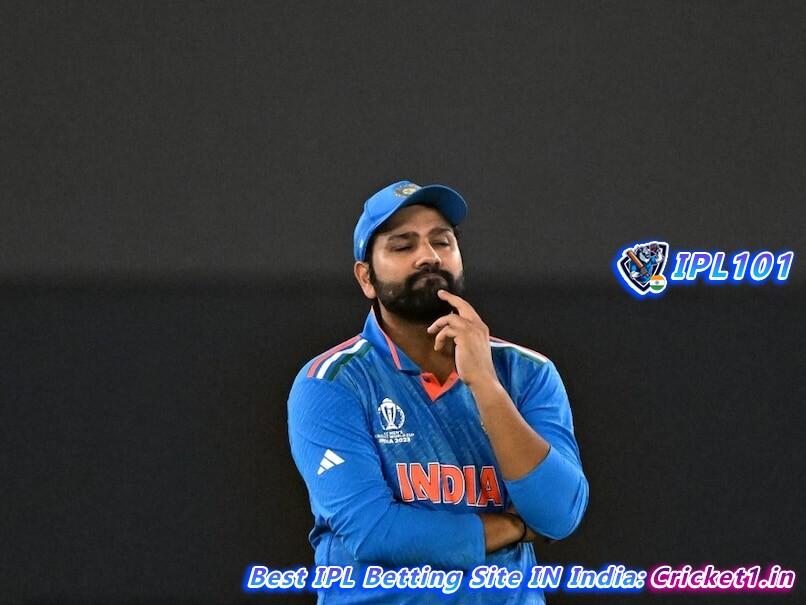
The Indian cricket team stumbled on the final hurdle in their quest for World Cup glory. Rohit Sharma and Co. were bowled out for 240 before Australia strode to a six-wicket win in the ICC Cricket World Cup 2023 final at the Narendra Modi Stadium in Ahmedabad on Sunday. We take a look at the five turning points that led to India’s defeat in the final.
The finals opened with an intense atmosphere as the Indian team, put into bat on a pitch that played slower than many anticipated, faced an uphill battle in stroke-making. Rohit Sharma provided some flair at one end, but Shubman Gill found the going tough. Gill’s early dismissal set back India, interrupting the rhythm that had sustained them through a 10-match unbeaten run in the tournament.
Australian bowlers, armed with tactical acumen, exploited the conditions with a barrage of slower deliveries, keeping India’s batters in check. This strategic ploy paid off as Gill bowed out early, adding little heft to India’s tally—a stark contrast to his teammates’ expectations and capabilities.
Despite losing his opening partner, Sharma valiantly launched an assault against the formidable bowling pair of Mitchell Starc and Josh Hazlewood. His aggressive stance, however, was short-lived. Sharma’s promising innings was cut short by a deft piece of bowling by Glenn Maxwell, leaving India at a precarious juncture.
Post the fall of the skipper, India’s middle overs slumped into inertia. A painstaking 67-run partnership between Virat Kohli and KL Rahul did more to stabilize than accelerate the Indian innings, much to the advantage of the Aussies who applied relentless pressure. The strategically conservative approach from the Indian batsmen saw only 35 and 37 runs scored in the 11 to 20 and 21 to 30 overs phases, respectively. Overall, India’s innings featured just 13 boundaries and three sixes.
A strategic misstep was evident in the batting lineup’s order, as anticipation mounted for power-hitter Suryakumar Yadav to take to the field following Kohli’s 63-ball 54. However, in a surprising tact, Ravindra Jadeja was sent ahead, only to depart with a mere 22-ball 9 runs. This decision arguably cost India dearly, as Yadav’s renowned ability to score quickly may have bolstered India’s final total.
Equally pivotal was Sharma’s choice of the bowling attack. Siraj, a key architect of India’s impressive run with his new ball exploits, was conspicuously absent in the opening overs. Instead, Sharma entrusted the ball to Bumrah and Shami, a decision that seemed fruitful with Australia at 47/3 but later questioned for the absence of Siraj’s trademark early aggression.
What followed was a missed opportunity—India had Australia cornered early in their chase but failed to deliver the knockout blow. Australia’s batting duo Head and Labuschagne wrested control with a 192-run partnership, effectively ending India’s hopes. Head’s magnificent 137 notched up a victory and an insurmountable sixth World Cup title for Australia.
If India had tightened the noose during Australia’s initial stumbling, the game’s fate may have swung differently. The match concluded with a blend of Australian jubilation and Indian introspection. India’s campaign, albeit marred by a final disappointment, showcased moments of individual brilliance and collective resilience, suggesting a bright future lies ahead, albeit with lessons learned from missed opportunities and tactical nuances.
For more insights and updates from World Cup 2023, fans can follow updates on social media and download the cricket apps, taking their passion for the sport wherever they go.

